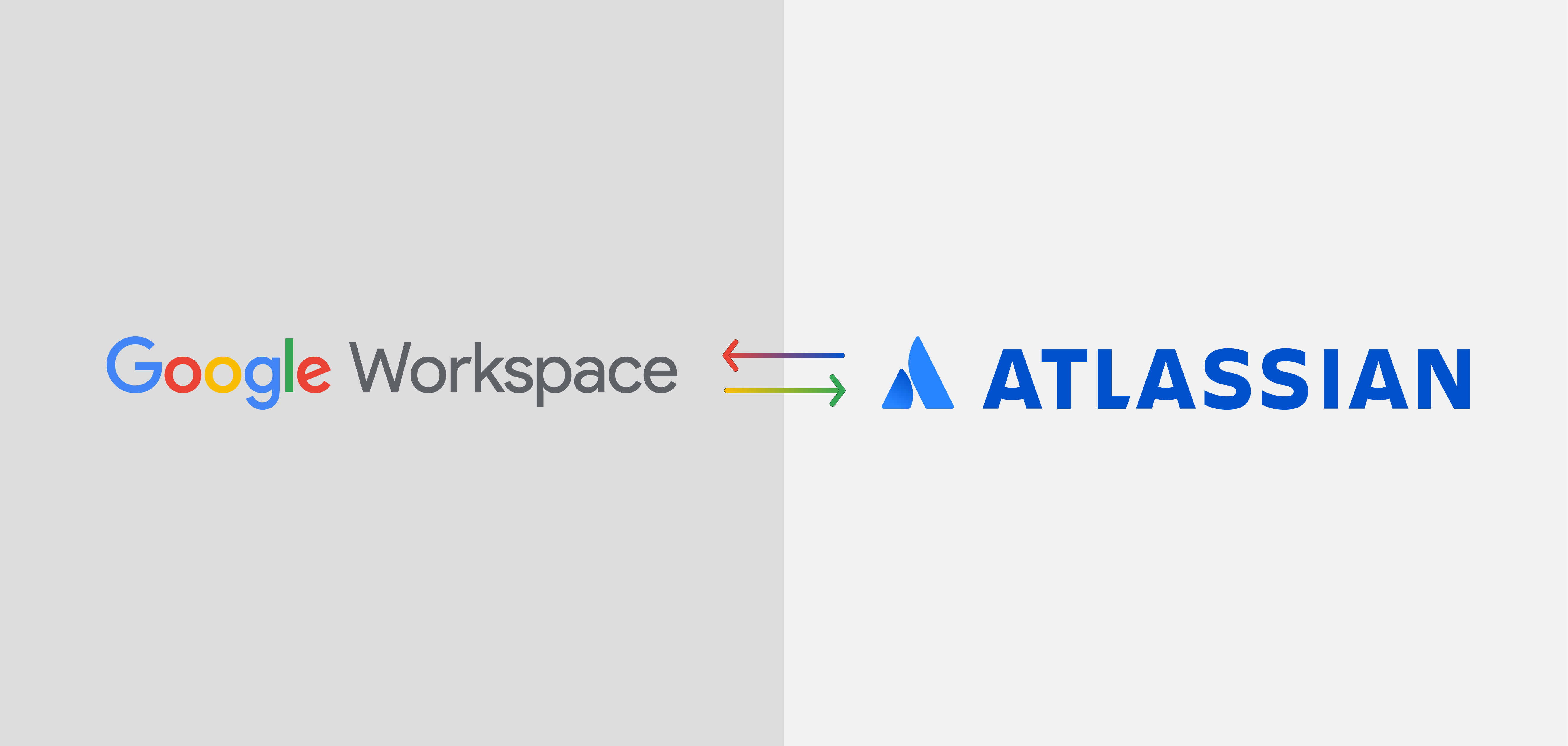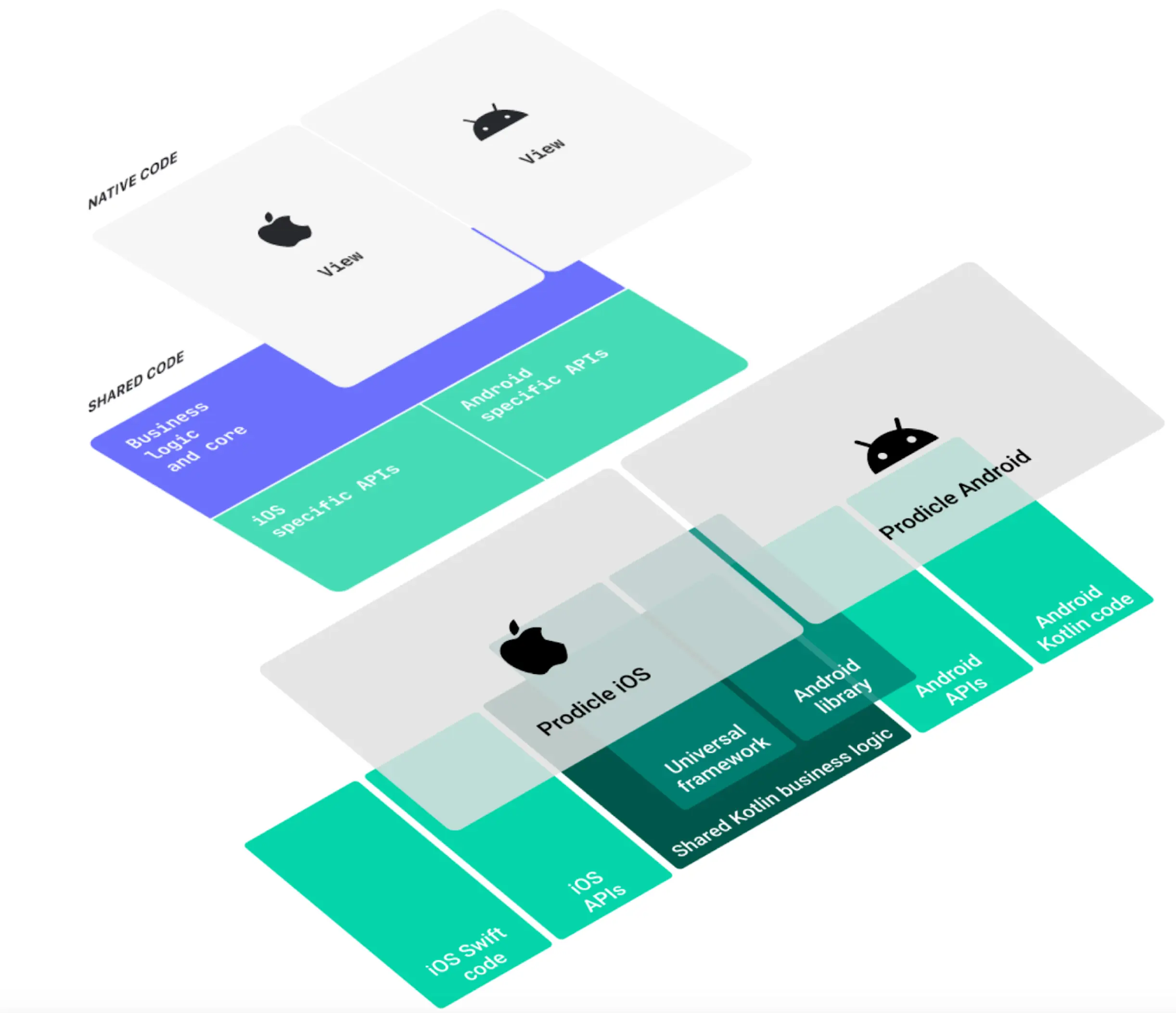
In today's fast-paced world, mobile applications have become an integral part of our daily lives. From social media to productivity tools, mobile apps have transformed the way we interact with technology. For businesses in the technology industry, having a mobile app is not just a luxury, but a necessity to stay competitive in the market. However, with the constantly evolving landscape of mobile app development, it's crucial to understand the cost factors involved in the process to make informed decisions. In this blog post, we will delve into the main factors that influence mobile app development costs, costs for business-to-consumer (B2C) and business-to-business (B2B) mobile apps, analysis of native apps and cross-platform apps, the impact of application features on complexity and cost, the importance of UI/UX design and project management, and the significance of hiring the right development team.
Factors that Influence Mobile App Development Costs
The cost of developing a mobile app depends on various factors that need to be considered while planning a budget. Let's take a closer look at some of the key factors that can influence the overall cost of mobile app development in 2023.
- Platform: One of the main factors that can impact the cost of mobile app development is the choice of platform. The two major platforms in the mobile app world are Android and iOS. Developing an app for Android requires expertise in Java or Kotlin, while iOS apps are typically built using Swift or Objective-C. The complexity of developing for different platforms and the need for separate codebases can affect the overall cost of development.
- App Store Deployment: Another cost factor is the app store deployment process. Both Google Play Store (for Android) and App Store (for iOS) have their own set of guidelines and requirements that need to be met before an app can be published. These guidelines may include security measures, design standards, and other criteria that need to be followed, which can impact the development time and cost.
- Technology Stack: The choice of technology stack can also affect the development cost. For instance, using cross-platform frameworks like Flutter, which allows for building apps for both Android and iOS from a single codebase, can be more cost-effective compared to developing separate native apps. Native app development requires expertise in platform-specific languages and tools, whereas cross-platform frameworks provide a more unified approach, reducing development effort and cost.
- App Complexity: The complexity of the app is another significant factor that can impact the cost. Basic apps with limited features and functionalities may require less development effort and cost compared to complex apps with advanced features such as real-time data synchronization, social media integration, and payment gateways. The more complex the app, the more development time and effort it may require, leading to increased costs.
- Integration with Third-party APIs: Many mobile apps rely on third-party APIs for various functionalities, such as payment gateways, social media integration, mapping, and more. The integration of these APIs can impact the overall cost of development, as it requires additional effort and expertise to ensure seamless integration with the app.
Business-to-Consumer (B2C) Apps
Businesses that target consumers with their mobile apps need to consider the specific cost factors that come with B2C app development. B2C apps are typically aimed at providing a user-friendly experience, engaging design, and seamless performance to attract and retain customers. Here are some cost considerations for B2C apps:
- UI/UX Design: B2C apps need to be visually appealing and provide a seamless user experience. This requires investing in UI/UX design to create an engaging and intuitive interface. Design elements such as logos, icons, colors, and animations need to be carefully crafted to create a visually appealing app that resonates with the target audience. The cost of UI/UX design can vary depending on the complexity of the app and the expertise of the design team.
- Performance Optimization: B2C apps need to perform seamlessly across different devices and operating systems to provide a smooth user experience. Performance optimization involves optimizing the app's code, images, and other assets to ensure fast load times and smooth navigation. This requires thorough testing and optimization, which can add to the development costs.
- User Engagement Features: B2C apps often require features that engage users and keep them coming back for more. These features can include push notifications, in-app purchases, social media integration, and gamification elements. Implementing and integrating these features requires additional development effort and may impact the overall cost of the app.
- App Store Optimization (ASO): ASO is the process of optimizing the app's visibility and discoverability in the app stores. It involves optimizing the app's metadata, keywords, screenshots, and reviews to improve its ranking in the app store search results. ASO is crucial for B2C apps to attract more downloads and users, and it requires continuous monitoring and updates, which may add to the ongoing costs of the app.
Business-to-Business (B2B) Apps
B2B mobile apps, including Software as a Service (SaaS) models, are designed to cater to the specific needs of businesses and enterprises. These apps typically involve complex functionality, data integration, and customizations to meet the requirements of different businesses. Here are some cost considerations for B2B mobile apps:
- Customization and Integration: B2B apps often require customization and integration with other business systems, such as customer relationship management (CRM) software, enterprise resource planning (ERP) systems, and other business tools. This requires additional development effort to ensure seamless integration and customization, which can impact the overall cost of the app.
- Data Security: B2B apps handle sensitive business data, and ensuring data security is of utmost importance. Implementing robust security measures, such as encryption, user authentication, and data backups, requires additional development effort and expertise, which may increase the development costs.
- Scalability and Flexibility: B2B apps need to be scalable and flexible to accommodate the evolving needs of different businesses. This requires designing the app architecture in a way that allows for future updates and enhancements without disrupting the app's functionality. Scalability and flexibility considerations may add to the development costs of the app.
- User Management and Access Control: B2B apps often require sophisticated user management and access control features to ensure that only authorized users have access to specific features and data. Implementing these features may require additional development effort and may impact the overall cost of the app.
How to Choose the Best Platform
When it comes to mobile app development, businesses have the option to choose between native apps and cross-platform apps. Each approach has its pros and cons, and businesses need to carefully consider their requirements and budget before making a decision.
- Native Apps: Native apps are developed using platform-specific languages and tools, such as Java or Kotlin for Android and Swift or Objective-C for iOS. Native apps provide the best performance, user experience, and access to device-specific features, such as camera, GPS, and push notifications. However, native app development requires separate codebases for different platforms, which can increase the development time and cost.
- Cross-Platform Apps: Cross-platform apps are developed using frameworks that allow for building apps for multiple platforms from a single codebase. Popular cross-platform frameworks such as Flutter, React Native, and Xamarin have gained popularity in recent years. These frameworks allow developers to write code once and deploy it across multiple platforms, saving time and effort compared to developing separate native apps for each platform. However, cross-platform apps may have some limitations in terms of performance and access to platform-specific features.
When choosing between native and cross-platform app development, businesses need to consider factors such as the target audience, app requirements, timeline, and budget. Native apps are recommended when performance and platform-specific features are critical, and the budget allows for separate development efforts for different platforms. On the other hand, cross-platform apps are a good option when time and budget are a constraint, and the app can function well with the limitations of cross-platform development.
Application Features and How They Contribute to Complexity and Cost
The features and functionalities of a mobile app play a significant role in determining its complexity and cost. More complex features require additional development effort, testing, and maintenance, which may impact the overall cost of the app. Here are some examples of features that can contribute to the complexity and cost of a mobile app:
- Backend Server and Database Integration: Apps that require server-side functionalities, such as user authentication, data synchronization, and real-time data updates, require backend server and database integration. This involves developing APIs, setting up databases, and handling data storage, retrieval, and synchronization. Backend server and database integration can significantly impact the development costs of the app.
- Third-Party Integrations: Apps that require integration with third-party services, such as payment gateways, social media platforms, and analytics tools, require additional development effort. Integrating with third-party APIs, SDKs, and services can increase the complexity of the app and may require ongoing maintenance and updates, which can impact the overall cost.
- Offline Functionality: Apps that need to function offline or in low network connectivity environments require additional development effort to handle data caching, synchronization, and offline data access. Offline functionality can increase the complexity of the app and impact the development costs.
- Custom Animations and Interactions: Custom animations and interactions can enhance the user experience of an app, but they require additional development effort and expertise. Implementing custom animations and interactions involves designing and coding complex animations, transitions, and gestures, which can add to the development costs.
- User-generated Content and Social Features: Apps that allow users to create and share content, interact with each other, and participate in social activities require additional development effort. User-generated content and social features involve implementing features such as user profiles, social feeds, notifications, and content moderation, which can increase the complexity of the app and impact the development costs.
UI/UX Design and Project Management
UI/UX design and project management are critical aspects of mobile app development that can impact the overall cost and success of the app. Here are some considerations related to UI/UX design and project management:
- Design Complexity: The complexity of the app's design, including the number of screens, layout variations, and custom graphics, can impact the UI/UX design costs. More complex designs may require additional design effort, including wireframing, prototyping, and user testing, which can add to the overall cost.
- Iterative Design Process: A good UI/UX design process involves multiple iterations, user testing, and feedback to refine the app's design and ensure a user-friendly experience. This iterative design process requires effective project management to manage the design iterations, feedback loops, and coordination between the design and development teams, which may impact the overall project management costs.
- Project Scope and Timeline: The scope and timeline of the project can impact the project management costs. A larger scope or a tighter timeline may require additional project management efforts, such as frequent status updates, coordination with stakeholders, and risk management, which can impact the overall cost of the app development.
- Communication and Collaboration: Effective communication and collaboration among the team members, stakeholders, and clients are crucial for successful app development. The costs associated with communication and collaboration, such as meetings, calls, and project management tools, should be considered in the overall cost estimation.
- Quality Assurance and Testing: Testing and quality assurance are critical to ensure that the app functions as intended and meets the desired quality standards. Proper testing and quality assurance processes, including functional testing, performance testing, security testing, and usability testing, require additional effort and may impact the overall project management costs.
Importance of Hiring the Right Development Team
When it comes to mobile app development, hiring the right development team is crucial for the success of the project. A skilled and experienced development team can significantly impact the quality, timeline, and cost of the app development. Here are some reasons why hiring the right development team is essential:
- Technical Expertise: A skilled development team with expertise in various mobile app development technologies, frameworks, and programming languages can ensure efficient and high-quality app development. They can make informed decisions regarding the choice of technology, architecture, and development approach, which can impact the app's performance, scalability, and maintainability.
- Experience in App Development: An experienced development team can bring in-depth knowledge of the app development process, best practices, and industry standards. They can handle challenges, risks, and complexities that may arise during app development, and ensure timely delivery of the app within the budget.
- Project Management Skills: A competent development team can effectively manage the project, including requirements gathering, design, development, testing, and deployment. They can handle project risks, changes, and communication effectively, ensuring smooth progress and successful completion of the app development.
- Cost Optimization: Hiring the right development team can help in cost optimization by efficiently managing development resources, identifying and mitigating risks, and ensuring timely delivery. They can make informed decisions about technology choices, development approaches, and resource allocation, which can impact the overall cost of the app development.
- Quality Assurance and Testing: A skilled development team can implement robust testing and quality assurance processes to ensure that the app meets the desired quality standards. This can reduce the chances of post-development issues and costly rework, leading to a more cost-effective app development process.
In conclusion, mobile app development costs in 2023 are influenced by various factors such as platform choice, app type (B2C or B2B), native vs. cross-platform development, application features, UI/UX design, project management, and the expertise of the development team. Businesses need to carefully consider these factors while planning their mobile app development budget to ensure a successful and cost-effective app development process. Hiring the right development team with technical expertise, experience in app development, project management skills, and a focus on quality assurance and testing can greatly impact the overall cost and success of the app development. With careful planning and consideration of these factors, businesses can achieve their mobile app development goals within their budget and timeline, and create successful and user-friendly mobile applications that drive business growth in the technology industry.
References:
- Statista. (2022). Number of apps available in leading app stores as of 3rd quarter 2022. Retrieved from https://www.statista.com/statistics/276623/number-of-apps-available-in-leading-app-stores/
- Google Play. (n.d.). Retrieved from https://play.google.com/
- App Store. (n.d.). Retrieved from https://www.apple.com/app-store/
- Flutter. (n.d.). Retrieved from https://flutter.dev/














